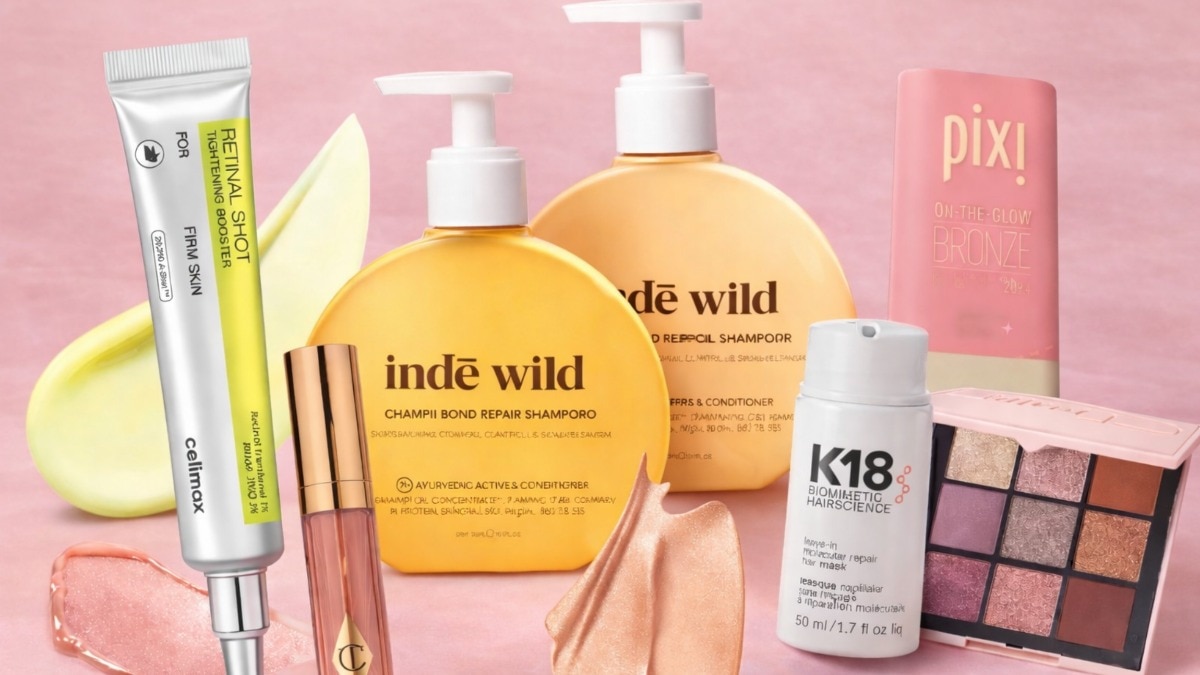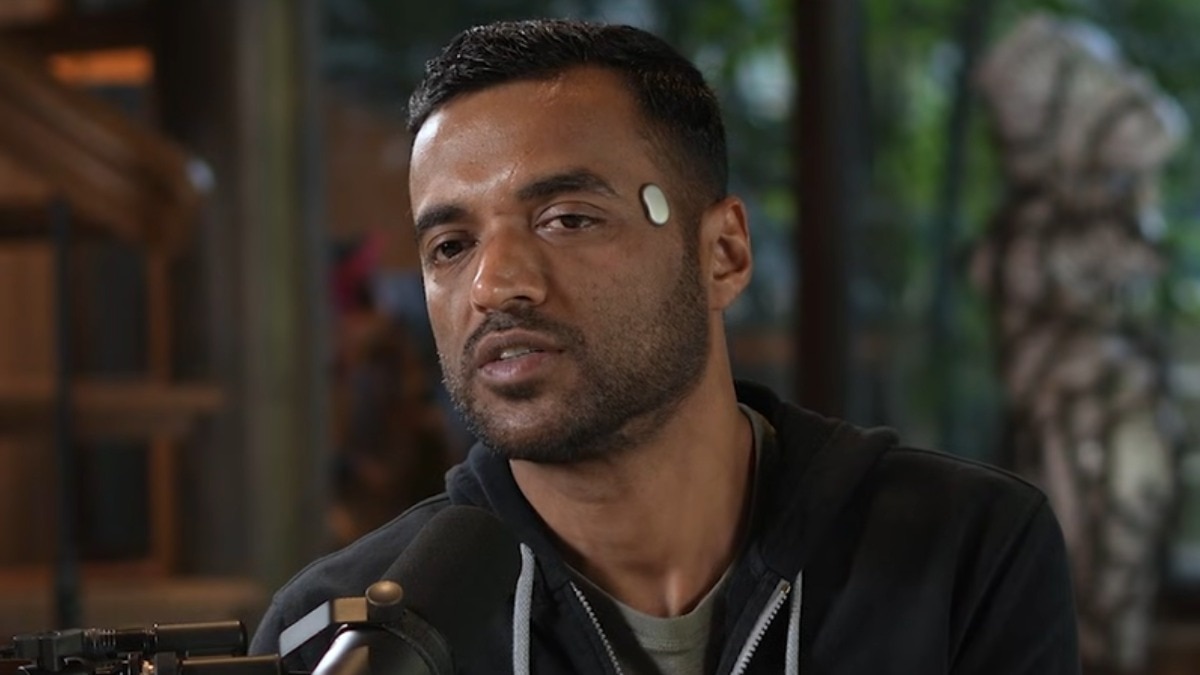Is CTM routine enough for healthy and glowing skin?
Let’s see where the old-school routine has reached today.


With the increasing conversations and awareness pertaining to skincare mushrooming in the past few years, most—if not all—tend to swear by a skincare routine, even if that means a basic one. According to a market research report, the global skincare market is set to embrace an annual growth rate of 4.6 per cent from 2022 to 2030, which was, by the way, valued at over $130 billion in 2021. This explains the ardour in consumerism for skincare worldwide. However, much before the skincare terrain witnessed a boom of sorts, everyone trusted the cleanse-tone-moisturise aka the CTM routine as the ultimate gospel; whether a skincare rookie or cognoscente, everyone followed the CTM routine religiously with an aim to achieve better, healthier skin. We attempt to decrypt the relevance of the three-step routine today, in a world full of active-based serums, ampoules, peels and whatnot.
What’s behind the success of the CTM routine?
The simple, bonafide skincare routine’s success can be attributed to the fact that it is so universally flattering. “CTM is suitable for all skin types—oily, dry, normal, or combination. Only, the products need to be chosen according to the skin type,” says Delhi-based dermatologist Dr Meghna Gupta. Additionally, the routine is fuss-free and necessitates just three products which make the routine time and cost-effective, too, unlike the 10-step Korean beauty routines that seem never-ending and demand a fair share of investment.
Speaking of the cult CTM routine’s success in India particularly, it is also important to note that many women in tier-3 and tier-4 may still have limited (or zero) access to the Internet that’s vital to educate themselves on the A-Z of skincare, plus, there is still a sizeable share of women who don’t acknowledge the need for self-care (and skincare). If we go by that, adapting to a basic three-step (which also means just three products) routine felt rather doable and facile a few years back…and even now. Celebrity dermatologist and author of Skin Sense, Dr Kiran Sethi also establishes the peculiar characteristics of Indian skin and its needs as she says, “I am a firm believer of S-beauty, which is simple beauty. This is what really works for our Indian skin as our skin is very different from Caucasian or Korean skin which has fewer sebaceous pores. Indian skin cannot accommodate a 10-step skincare routine without clogging pores. I believe in skin minimalism and using fewer products that guarantee results.”

But, why didn’t it stand the test of time?
Serums, peels, exfoliating pads, ampoules, essences, gel masks… the list of new-age innovations can go on and on. For a majority of consumers that are well-informed, curious and want to explore, staying glued to just the CTM routine is sterile and difficult—in equal parts. For Dr Sethi, even the lexicon of CTM has evolved. “For me, it stands for cleanse-treat-moisturise,” she says. Elaborating on why she’s replaced a toner with a treatment—think serum or essence—she says, “The original purpose of toner was to balance the skin’s pH level after cleansing, but in today’s date, there are plenty of good quality cleansers available in the market that do not change the pH balance of the skin. So, I don’t really see any use of toners as all the actives that you need are also available in your serum.” Another thing to note is that there are no products that can close your pores, not even toners. It’s also hysterical how the CTM routine completely whitewashed the significance of sunscreen for all these years. All the skin experts you’ll ever come across will vindicate that healthy skin is just a phantom sans sunscreen.
Besides the upgrade that basic skincare products like cleansers and moisturisers have witnessed, and the introduction of groundbreaking serums, much of the CTM routine’s inefficiency in the present time also stems from the augmentation in environmental aggressors that call for more potent solutions to nullify their effect on the skin. “In current times, CTM alone is not enough because of the pollution and the environmental changes. One can add a more concentrated power-packed serum in the morning as well as evening regime,” states Dr Gupta. Mumbai-based celebrity dermatologist and founder, AgeLess Clinic, Harshna Bijlani, believes that in the present day, our skin is exposed to a lot more free radical damage—sunlight, pollution, and smoking to name a few—plus the indulgence in makeup has also escalated, which leaves the skin’s health compromised and in need of some extra TLC. “One has to add active ingredients to their skincare routine since they address actual concerns. For instance, vitamin C helps in brightening the skin; glycolic acid, a chemical exfoliant, helps with marks and pigmentation; idebenone is an antioxidant that can help with free radical damage and exposure to pollution,” she says, recommending a combination of actives and basics to establish an ideal skincare routine for yourself.

The best way to approach your skincare routine in 2023
Dr Bijlani emphasises the need to determine your skin type and its active concerns before subscribing to any skincare routine. Dr Gupta, just like many others, advises you to seek professional help, even if you don’t have an evident issue. “A dermatologist can help you understand what your skin type is according to your chronological age or your skin age process and actually design a specialised, tailored treatment approach to your skin. Remember, one size doesn’t fit all.” All three derms believe that cleansing, moisturising and applying sunscreen are non-negotiable steps, and adding an active or two, ideal for your skin will only level up your skincare regimen. Lastly, they’re also of the opinion that in-office treatments from time to time could come in handy to maintain the health of your skin. You can choose from a wide range of facials, clean-ups, peels, laser therapies and more in coherence with your dermatologist. “You are a single genetic code, so no one treatment, routine or product can work for everyone,” Dr Sethi concludes.










